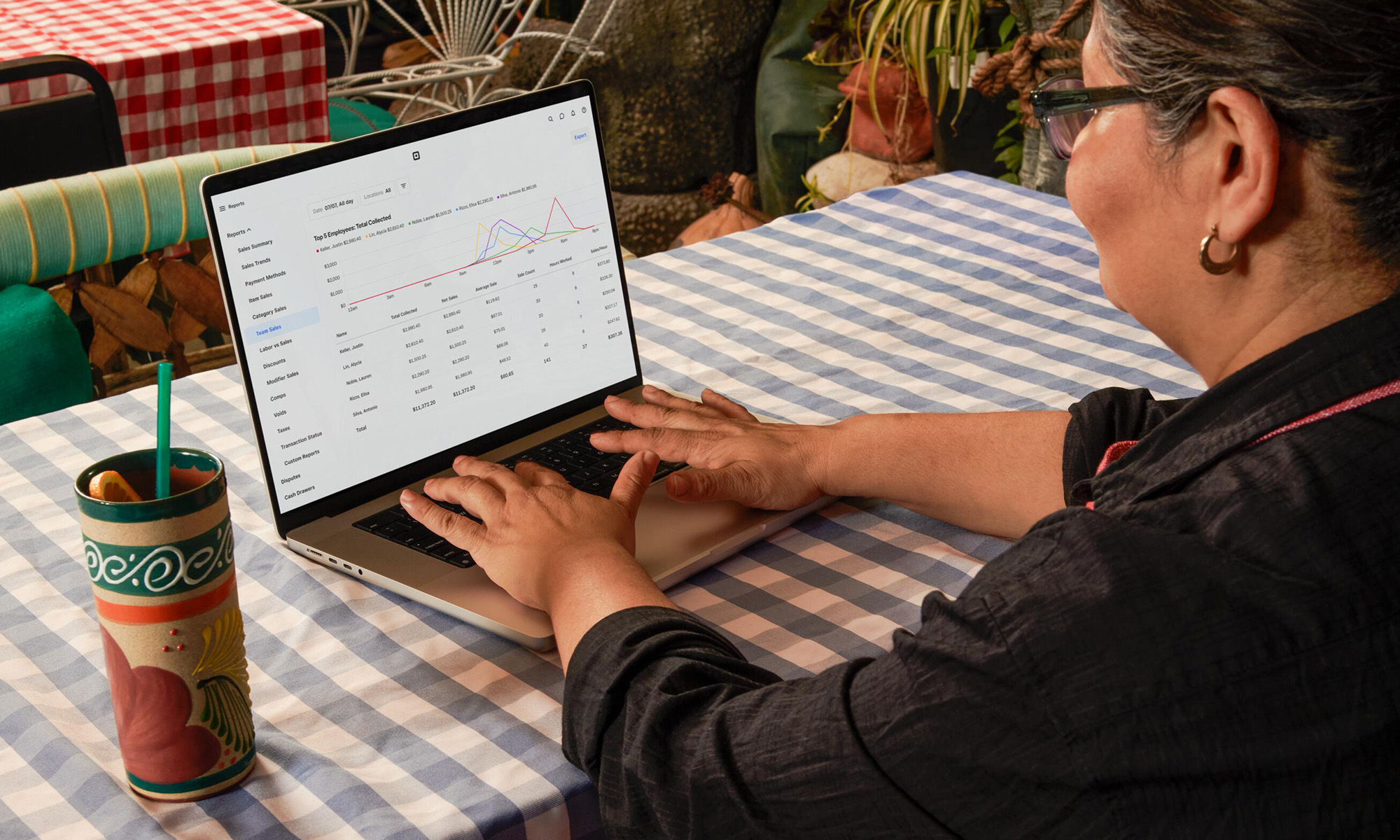
Image source: Square.
One of the highlights of Square's (SQ 0.32%) third-quarter earnings results that management kept coming back to was the percentage of payments coming from larger merchants. Management defines a larger merchant as one generating more than $125,000 in sales. Last quarter, 43% of the payments Square processed came from larger sellers. That's up from 37% last year and 42% the previous quarter.
Square's decision to highlight its larger sellers is curious, on the surface larger sellers don't seem to provide any specific benefits to a Square's payments business. In fact, it notes that larger sellers "tend to have more complex needs," which could have an impact on the company's margins as it dedicates customer-support reps to larger sellers.
Let's dig into management's commentary and Square's operations to try to figure out why management feels it's important to highlight its larger sellers.
A larger addressable market
If Square focused solely on providing its payments services to small businesses, it would limit its total addressable market. By demonstrating that it's capable of supporting larger businesses, it's pointing out to investors that it has much more potential for growth by taking share from traditional point-of-sale systems at larger retailers.
Importantly, management points out that it's able to maintain its overall transaction margins with larger sellers, indicating that those merchants find enough value in Square's ecosystem to pay higher transaction fees. Larger merchants could piece together their own hardware and software and pay less per credit card swipe, but they're sticking with Square because it makes it easy for them.
On the company's third-quarter earnings call, CFO Sarah Friar pointed out that taking a cut of payments is just the vehicle Square uses to monetize its services. "Clearly there's a lot of technology in there, but we ultimately charge a take rate of GPV to pay for it." Large merchants are paying for that technology with each credit card transaction.
So Square could grow into a much bigger business than it initially set out to be when it developed the little square dongles for smartphones. That's something investors want to see.
Bigger merchants take bigger loans
One of Square's biggest successes in diversifying its product line is Square Capital -- its business lending service. Management announced in its third-quarter letter to shareholders that it just passed $1 billion in total loan originations since the product's inception in 2014. The margins Square is able to generate from Square Capital are significantly better than its core payments business.
With regard to larger sellers, Friar notes that "they may want something that is a bigger loan than perhaps the average that we are used to putting out." Facilitating these larger loans will increase income from Square Capital. In other words, Square will be able to grow that segment without having to add new customers.
That's an area Square hasn't seemed to look into very much, growing Square Capital primarily through increasing the number of loans it originates. There's a sign, however, that growth may be slowing, as it originated loans to only 1,000 more businesses in the third quarter than the second quarter. Finding another avenue to continue growing the high-margin service without adding significant risk will go a long way toward improving profit margin.
Larger sellers recoup their losses faster
Whenever Square brings on a new merchant, there are some customer acquisition costs it faces. It might need a customer-support rep to walk a new merchant through its ecosystem for example. But one of the biggest expenses is in its hardware. Square sells its hardware at a loss and recuperates that loss over time by collecting a percentage of payments.
If a seller has more payments to process, Square can break even more quickly. Granted, a larger seller may require more hardware than a single register operation, but it's a fairly safe assumption that a larger-scale shop will be able to generate more per point-of-sale sales than the average smaller retailer.
Friar says the average merchant takes about four to five quarters to pay back the loss on hardware. But if larger merchants have more sales per device, they could break even within a year, improving quarterly margins.
While management doesn't explicitly make clear why larger sellers are important to its business, it's clear why it likes to point out its successes with them. These are three of the biggest reasons, but there are probably even more. Watch for its percentage of transactions from larger sellers to continue growing in the fourth quarter and throughout next year.






